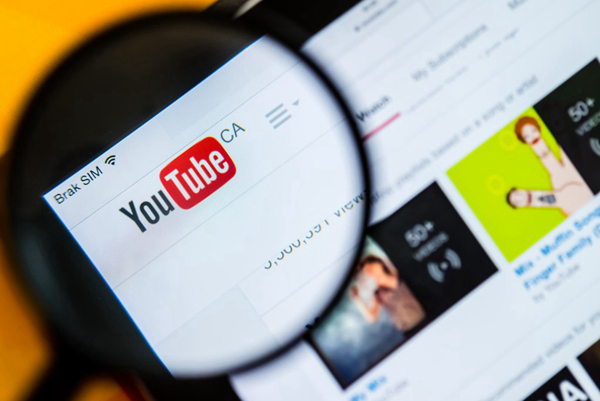YouTube recently updated its privacy guidelines, adding a mechanism that allows users to request removal of AI-generated content that mimics their appearance or voice. This move is complementary to the regulation of AI technology and is designed to address potential privacy violations. Although this mechanism is not particularly prominent in the updated guidelines, its importance cannot be ignored. It marks an important step for YouTube to address the privacy challenges brought by AI technology. The launch of this mechanism also reflects YouTube’s emphasis on responsible AI development.
YouTube, the world's largest video platform, has launched a new mechanism that will allow people to request removal of AI-generated content that mimics their appearance or voice, expanding on the technology's current lighthearted oversight. .

Although the mechanism was quietly added to an update to YouTube's privacy guidelines last month, it wasn't noticed by TechCrunch until this week. YouTube views the use of AI technology to "alter or create synthetic content that looks or sounds like you" as a potential privacy violation rather than a misleading or copyright issue.
However, those who request removal are not guaranteed removal, and YouTube's standards leave considerable room for ambiguity. YouTube said it will consider factors such as whether the content is disclosed as "altered or synthesized," whether an individual "can be uniquely identified" and whether the content is "lifelike." Furthermore, there is a huge and common loophole here, which is whether the content is considered to be a parody or satire, or even more ambiguously, whether it has "public interest" value. These vague qualifications indicate that YouTube is taking a rather weak stance in this regard and is by no means anti-AI.
YouTube adheres to its standards when it comes to protecting privacy violations of any kind and only accepts first-party claims. Third-party claims will only be considered in exceptional circumstances, such as if the impersonated individual does not have internet access, is a minor or is deceased.
If the claim is approved, YouTube will give the offending uploader 48 hours to address the complaint, which can include cropping or blurring the video to remove the problematic content, or removing the video entirely. If uploaders fail to take action in a timely manner, their videos will be subject to further review by the YouTube team.
These guidelines are all well and good, but the real question is how YouTube implements them in practice. As TechCrunch points out, as a Google-owned platform, YouTube has its own interests in the field of AI, including releasing music generation tools and bots that outline comments under short videos.
That’s perhaps why this new AI content removal request feature is quietly rolling out, as a modest continuation of the “responsible” AI initiative that began last year and is now in effect requiring that realistic AI-generated content be disclosed in March.
Highlight:
- YouTube has launched an AI content imitation complaint mechanism.
- Those who request removal are not guaranteed removal, and YouTube's standards leave considerable room for ambiguity.
- Third-party claims will only be considered in exceptional circumstances, such as if the impersonated individual does not have internet access, is a minor or is deceased.
All in all, although YouTube's new mechanism provides a certain guarantee for the privacy protection of AI-generated content, its vague standards and implementation difficulty still require further attention. In the future, how to better balance technological development and user privacy protection will be an important topic that YouTube and the entire industry need to continue to explore.